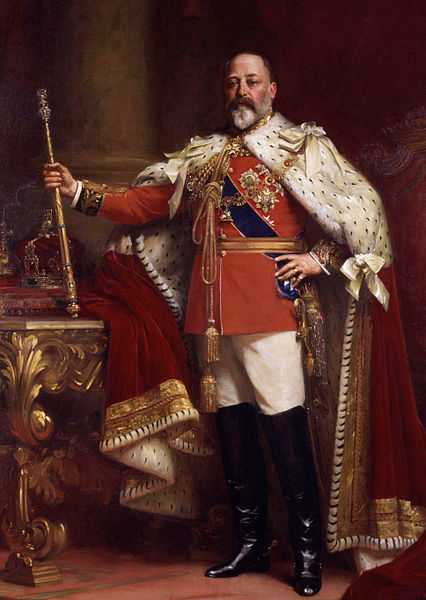Sceptre with the Cross


The Sceptre with the Cross, also known as the St Edward's Sceptre, the Sovereign's Sceptre or the Royal Sceptre, is a sceptre of the British Crown Jewels. It was originally made for the coronation of King Charles II in 1661. In 1905, it was redesigned after the discovery of the Cullinan Diamond. Now, the Sceptre with the Cross includes the second largest diamond in the world, the Cullinan I, or the Great Star of Africa, which weighs over 530 carats (106 g). The Cullinan I can be removed from the sceptre to be worn as a brooch. The Cullinan diamond was the largest diamond ever found in the world, at 3106.75 carats. It was cut into 9 different pieces and Cullinan I was the largest among them.
The Sceptre symbolises the temporal authority of the Monarch under the Cross. The Sceptre with the Dove, another sceptre in the Crown Jewels, represents spiritual authority. During the coronation, the Monarch holds the Sceptre with the Cross in the right hand and the Sceptre with the Dove in the left while the Archbishop of Canterbury places St Edward's Crown on his or her head.
The Sceptre with the Cross, and the other Crown Jewels, may be found on display at the Jewel House in the Tower of London.
External links
- The Sovereign's Sceptre with Cross at the Royal Collection.
- The top of the sceptere featuring the Cullinan I, image from The Jewelry Editor
- Image of the Sovereign's Sceptre with Cross at the Official Website of the British Monarchy
- Image of the Orb and Sceptre held by Queen Elizabeth II at her Coronation, 2 June 1953
| ||||||||||||||||||||||||||||||||||||